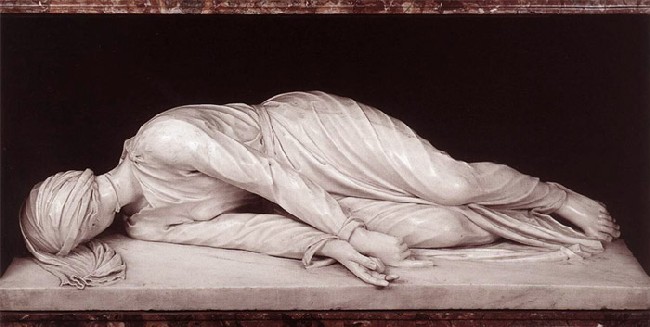
Benedictine oblates are “Christian men and women admitted into spiritual union and affiliation with a Benedictine community of monks, nuns, or sisters so that they may share in the spiritual life, prayers, and good works of the community [monastery].”(1)
Note the words used in the above quote describing how an oblate is related to a monastery:
Spiritual union, affiliation, community, sharing, spiritual life, prayers, and good works
I am constantly aware of the deep yearning for an authentic spiritual life many people express online. Frequently when people identify their interests, spirituality rather than religion is listed in personal profiles.
Part of the purpose of this blog is to help the spiritual seeker know about the ancient practices and deep spirituality of the Benedictines — certainly this life is not for everyone, but it may be for you.
How would a person decide to become a Benedictine oblate? Follow the steps you follow in selecting a career or a group to join — what fits best with your spirit?
But to get you started, here are six tips:
1. Read and Study. This will often mean you will learn as much as you can about a particular monastery, read materials written by the nuns or monks, read every page of the monastery’s web site.
2. Visit a Monastery. Pray with a monastic community on a retreat. Visit and experience the monastery often while being guided by prayer and the Holy Spirit. Need to find a monastery to visit? Here’s a searchable database of Order of St. Benedict Confederation monasteries worldwide.
Not interested in Benedictine Order, but like the monastic spirit? Try a more general list here.
3. Meet an Oblate. Get to know other oblates in person and through e-mail communications, talk with the oblate director at a monastery.
4. Do you like the Oblate Program? Review the schedule of yearly oblate activities, visit the bookstore if the monastery has one, talk with the people who run the bookstore and other bookstore shoppers.
5. Attend an Oblate Sunday. Attend oblate novice sessions (usually on the weekends).
6. Follow the Holy Spirit. You might find that you get a “feeling” about a particular monastery very quickly during a weekend retreat where you can join in the prayers of the community and talk with other guests.
A contemplative spiritual life of a Benedictine oblate may be in your future.
My wife and I knew we had found our spiritual home the day we walked on the St. Leo Abbey grounds for the first time — before we had talked to anyone — in fact, before we even knew anything about Benedictine monks or oblates.
It was later over the course of about 18 months that we learned about
St. Benedict, the
Rule of St. Benedict, and that there are people called oblates who were not flattened spheroids. The Spirit gave us direction in the first hours of our first visit.
“When I first walked on these grounds, I knew this was the place” is a frequent comment I hear from other oblates at the abbey where we are oblates.
7. An Extra Tip for Free. You can begin praying the divine office, practicing lectio divina, seeking God in all daily activities, and attending oblate sessions long before you become an oblate. You may find that as you begin living the spiritual life of an oblate-to-be you will find the place for you. In other words, let your own spiritual life in living like an oblate lead you to your spiritual life of seeking God and praying without ceasing.
I know you will find your spiritual home and that it will change your life, making it fuller and closer to God who will bless your path.
______________________
Footnote:
Picture is
Plombé ! - Leaden ! by Oh mon héros !
(1) From the 1972 “
Guidelines for Oblates of St. Benedict”















